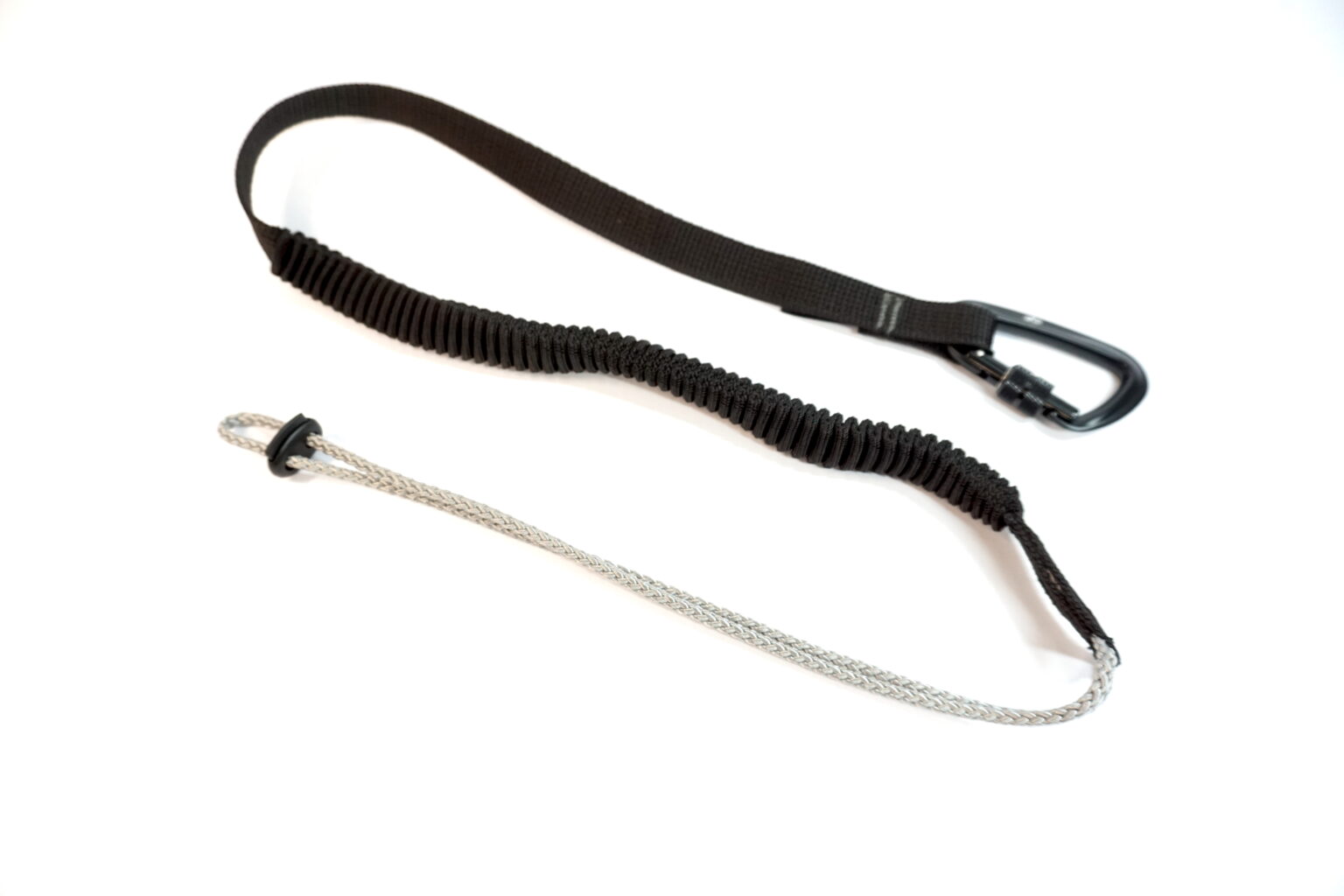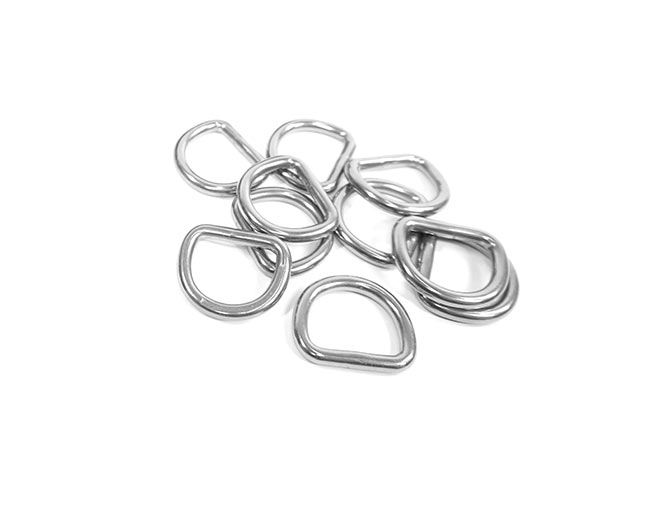Directly tethered and preventative measures devices for preventing the impact of dropped tools and other objects from high places. A tool lanyard is a tether that is designed to act as an intermediate device between the tool or object and the anchor point. They allow a tool to be used whilst maintaining a direct connection that will arrest the fall if they are accidentally dropped in use.
When selecting a tool lanyard or tether you should consider:
• Know the weight of the tool or object that needs a Tether, then choose a lanyard with a load-rating equal or higher than it.
• Choose a lanyard of the correct length but not too long that it becomes a trip hazard. Ensure the lanyard’s full extension drop will not impact with workers or fragile objects below the working area. Measure your tool lanyard at full stretch then consider your work area. Is there anyone working directly below you that can be impacted if you drop the tethered tool or object?
• Has the tool been designed with a captive attachment point? Or do you need to fit one using dee-rings with tape or choke-loops.
• What will the tool or object be anchored to? Small tools weighing no more than 1 kg can be attached to the user’s wrist. Tools weighing no more than 3 kg may be attached to a connection point on the users full-body harness or toolbelt. Tools or objects weighing in excess of 3 kg should be attached to a permanent anchor point, for example a guardrail, column, beam or drilled anchor.
• Don’t connect tool lanyards together.
• Don’t attach a tool lanyard to your body, harness or toolbelt when working on machinery or near moving parts- a tool lanyard is unlikely to break if entangled.
• Always carry out a pre-use inspection and remove tool lanyards or tethers from use if they show any of the following defects: Show signs of excessive wear or broken stitch patterns. Have faulty connectors that don’t fully open or close. Have been modified in any way.
SafetyRespect tool lanyards and components are independently load-tested and rated using a safety factor of 10:1 for static and impact loading. If you are in any doubt please contact us.





